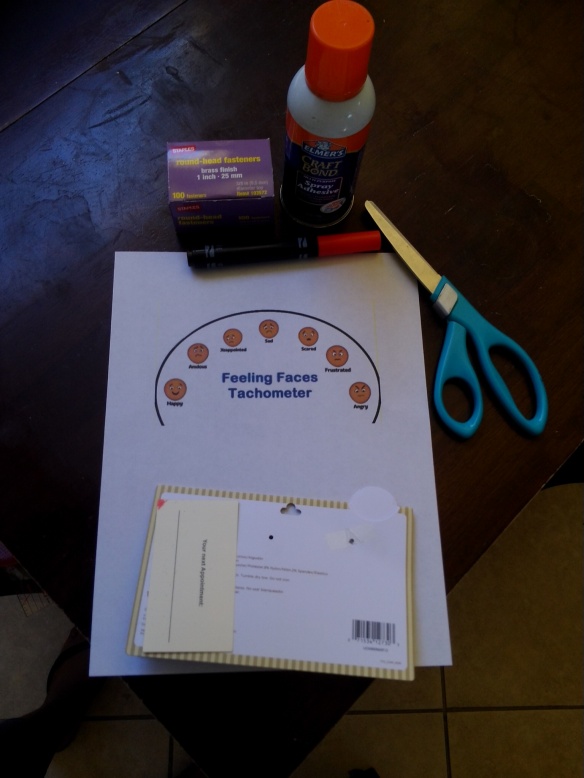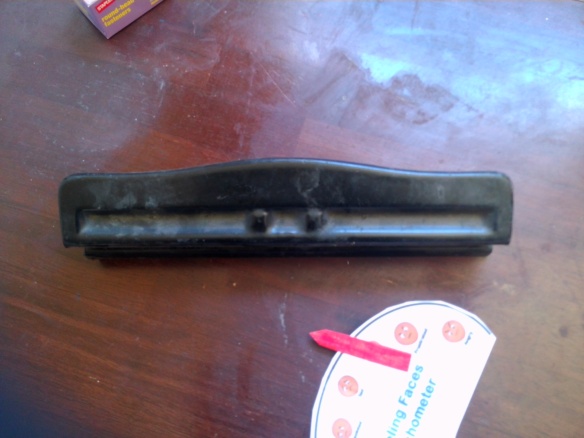Can the Guardians of the Galaxy defeat a supremely powerful
entity? An orb contains a power too great to be safely harnessed. It is desired
by Thanos, a supremely evil being, who wishes to increase his power. It is also
desired by others, who wish to sell it for profit. An unlikely team comes
together to protect the universe from the power of those who would destroy it.
A thief named Starlord, bounty hunters named Rocket and Groot, a strongman
named Drax the Destroyer, and an assassin named Gamora learn to trust each
other in spite of initial conflicts. Together, they will try to grow from self-seeking
loners into heroic friends. While they’re at it, they might just save the
world. Or even the galaxy.
(some spoilers ahead
throughout.)
How Does This Connect
to Adoption and Foster Care?
The film directly mentions adoption once. One of the
characters is introduced as the adopted daughter of a villain. Later, she
renounces him; “He’s not my father.” She explains that he murdered her parents,
tortured her and bent her to his will.
(Minor spoiler in the paragraph ahead)
I see a lot of relevance in the film’s opening scene. A young boy named Peter is in the hospital. His
mother is lying in her hospital bed, apparently bald from cancer. She is on the
verge of death. She asks Peter to hold her hand; he turns away, unable to reach
out to her. Immediately, she dies, calling for the hand that he never gave her.
Peter, grief and guilt-stricken, screams. It is too late. He runs away from his
grandfather and collapses outside. There, a spaceship abducts him. 26 years
later, we learn that Peter has become a loner, intergalactic thief. This
sequence reminded me powerfully of a child’s introduction to foster care. A
child coming into foster care because of abuse shares much with Peter. They
both observe or experience a traumatic situation, for which they feels
justifiable grief and undeserved guilt. Immediately afterwards, they are picked
up by strangers and taken to unfamiliar surroundings. All this happens even
before the opening credits. It’s pretty intense. We spend the rest of the film
seeing how Peter’s character has developed. Peter draws considerable strength from the memory
of his mother.
We are left looking forward to Peter meeting his long-lost
father.
Strong Points
Peter has experienced hardship, but inside he still has a heart
of gold.
The Guardians of the Galaxy are a diverse group who have become
friends through shared experiences. They acknowledge, together, that they have
lost many important things, but have hope that they can still make a difference
in the lives of others.
The movie has heavy doses of comic relief – I enjoyed this
film more – and had more fun watching it – than any other I’ve seen this year,
and this was the most appreciative audience I’ve been a part of.
Grout is a tree. In one scene, he grows his body around his
friends, to demonstrate his sense of unity with them. It’s very touching.
The Guardians of the Galaxy grow into believable heroes who
are willing to do the right thing, even when it is supremely difficult.
Weak Points
One character honestly and hatefully describes her adoptive
father as a murderer torturer. The alien who abducted Peter seems to present
himself as a father figure over Peter, but attempts to manipulate Peter by
reminding him that Peter is online alive because of him. Later, that character
threatens to kill Peter. Peter yells at him, “You abducted me, and stole me
from my home and family.” The character had been hired to bring Peter to his
father, but changed his mind and absconded with Peter.
Young kids may be scared by some of the violence in the
film. One character gouges another’s face, though the gore is just off-camera.
Another character murders a man by hitting him in the head with a sledgehammer –
again, the violence is just off-camera, but we do see the victim’s blood. One
character recounts that his wife and daughter were murdered while their
murderer laughed. A woman disintegrates. A woman is disfigured by a shot from a
bazooka. A character is told that others wanted to eat him. One character holds
a knife to another’s throat. Many characters are tazed. Larger animals eat
smaller ones.
Revenge is a strong motivator for both heroes and villains.
Recommendations
 Guardians of the Galaxy is an excellent film for most
audience members age 14 and up, but it will probably also appeal to kids as
young as 5 (it’s a superhero movie with a raccoon as a lead character) – but it’s
too violent and, at times, too sad for me to recommend it for young viewers.
The opening scenes depicting Peter’s loss of his mother may also be very
difficult, and perhaps triggering, for viewers who have lost their mothers
through death or foster care. However, there’s a lot of positive potential in
the fact that, in spite of his losses, Peter has become a very heroic man who
is loyal to his friends and to the world in general.
Guardians of the Galaxy is an excellent film for most
audience members age 14 and up, but it will probably also appeal to kids as
young as 5 (it’s a superhero movie with a raccoon as a lead character) – but it’s
too violent and, at times, too sad for me to recommend it for young viewers.
The opening scenes depicting Peter’s loss of his mother may also be very
difficult, and perhaps triggering, for viewers who have lost their mothers
through death or foster care. However, there’s a lot of positive potential in
the fact that, in spite of his losses, Peter has become a very heroic man who
is loyal to his friends and to the world in general.
I enjoyed this film quite a lot. It’s well-made, fast-paced,
deeply plotted, and very funny. I do recommend that parents scope it out before
sending their kids. With that caveat, I think it should be a good fit for most
teens and adults, but not for many kids younger than 13 or 14.
Questions for
Discussion
How can enemies become friends?
How can pain from our past become a source of strength for
today?
What is the difference between “I am Groot” and “We are
Groot?”


































